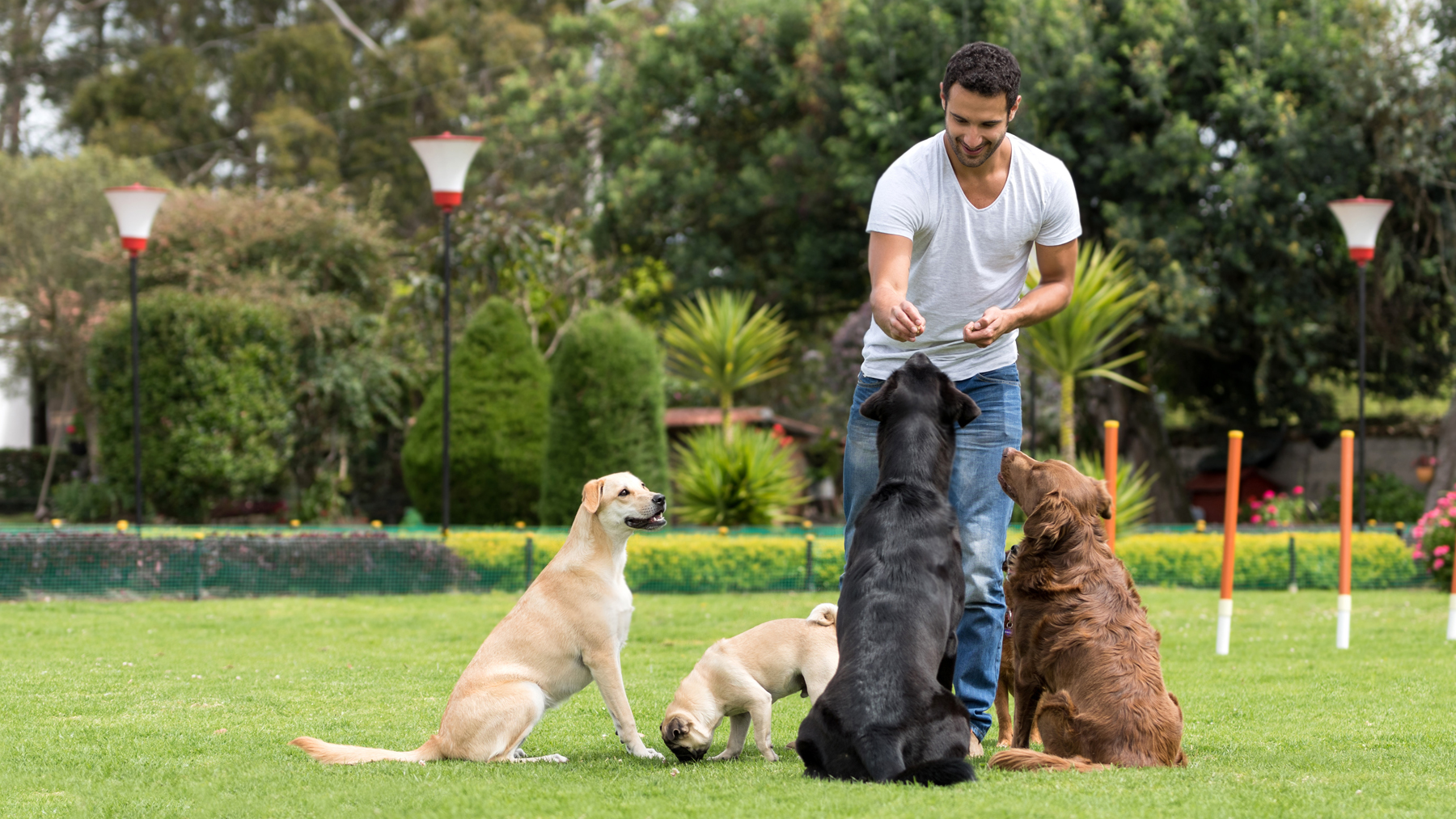
When training your dog, you probably reach for food to help motivate them. For many dogs, it’s as if Christmas has arrived early judging by their reactions to a treat, but not every pup gets quite as excited.
Some dogs don’t actually seem as if they’re that motivated when you’re training them, even if you’ve got some of the best dog treats at the ready.
When this happens, it’s easy to feel a little disheartened. However, if your pup is one of those who doesn’t really get motivated during training, whether by food or not, there are things that you can do to help encourage their food drive, and make training easier and more fruitful for you both.
Jamie Huggett, or Jamie the Dog Trainer, of Southern Cross K9, has offered up three tips in an Instagram video – you might them useful.
“The most important thing about rewarding your dog is how you deliver the reward – not the reward itself,” Huggett begins. “Many people train like this: they mark and they deliver the reward straight to the dog’s mouth, which is okay if your dog’s super food motivated.”
However, if your dog isn’t particularly food-motivated, this is just quite boring for them. Dogs have prey drive and they like movement, so when training dogs with treats it’s important to activate that. Getting your dog moving can help them to build that food drive.
Huggett recommends getting your dog to move towards the treat – even get them to run toward the treat, if you like. So, even for a dog who isn’t particularly food-driven, there’s more to the reward than just simply the treat. You’ve brought in the movement, and you’ve activated their prey drive.
“So suddenly,” explains Huggett, “The exercise becomes more fun. The dog isn’t just working for the food. They’re working for how the food is delivered. And generally, a lot of the time what happens then is the dog loosens up.”
Another thing you can try is to push your dog into the reward. Hold some food in one hand and get them to come toward it, but then offer some resistance with your other hand, holding your pup back. When they push into that hand, you can let them have the food.
Huggett’s final tip is to use existential feeding. This involves feeding your dog their daily meal, but while you’re training them, rather than feeding them out of the food bowl.
When you make your dog’s food available all day, in their bowl, you might be reducing their food drive without realizing. You’re asking them to carry out commands for food, when they’re able to get food from their bowl whenever they like anyway.
No matter the tips you try out, when your dog enjoys getting the treat more, they begin to have more fun during training sessions. They begin to make positive associations, and their food drive increases, making training better for you, too.







